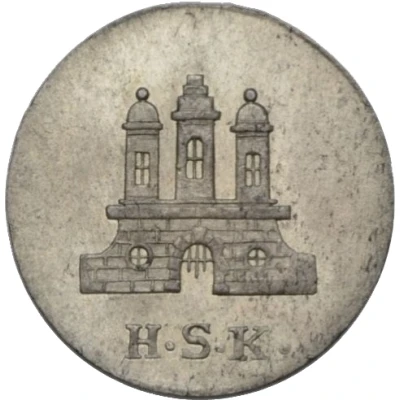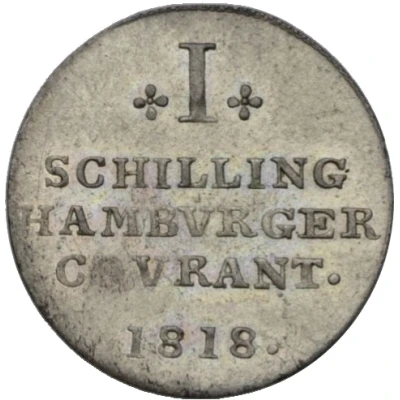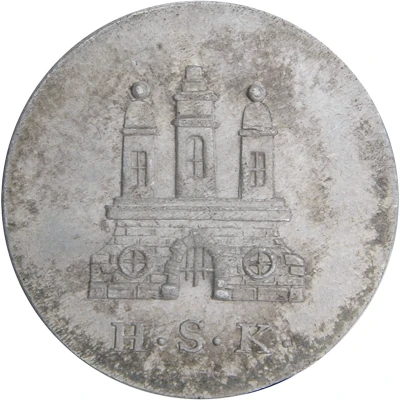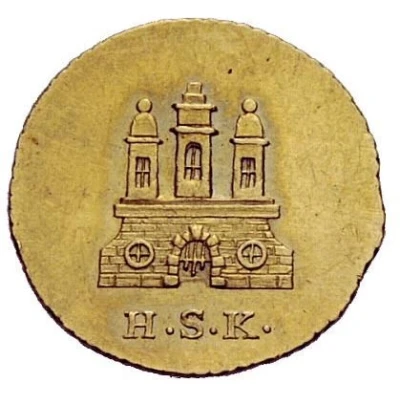
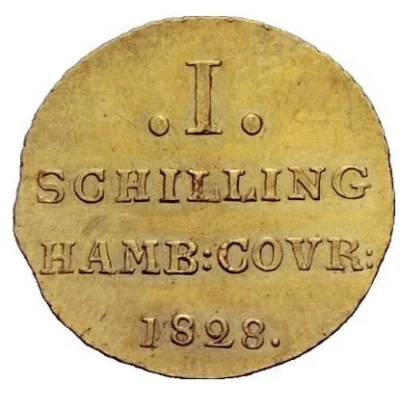

© Hess Divo
1 Schilling Gold Pattern
| Gold (.986) | 1.66 g | 17 mm |
| Issuer | Free Hanseatic city of Hamburg (German States) |
|---|---|
| Period | Free Hanseatic City (1324-1922) |
| Type | Pattern |
| Years | 1823-1828 |
| Value | 1 Schilling (1⁄48) |
| Currency | Thaler (1675-1872) |
| Composition | Gold (.986) |
| Weight | 1.66 g |
| Diameter | 17 mm |
| Shape | Round |
| Orientation | Medal alignment ↑↑ |
| Demonetized | Yes |
| Updated | 2024-10-05 |
| Numista | N#262530 |
|---|---|
| Rarity index | 94% |
Reverse
4-line inscription with date and denomination.
Script: Latin
Lettering:
.I.
SCHILLING
HAMB:COVR:
1828.
Edge
Plain
Interesting fact
One interesting fact about the Pattern 1 Schilling (Gold Pattern) 1823-1828 from Free Hanseatic city of Hamburg (German States) is that it was minted during a time of economic and political change in Germany. The coin was issued during the period of the German Confederation, a loose association of 39 German states that existed from 1815 to 1866. The Confederation was formed after the Napoleonic Wars, and its member states were seeking to establish a unified currency system. The Pattern 1 Schilling was one of the coins minted during this time, and it features a unique design that sets it apart from other coins of the period. Despite its historical significance, the coin is relatively rare and highly sought after by collectors today.
